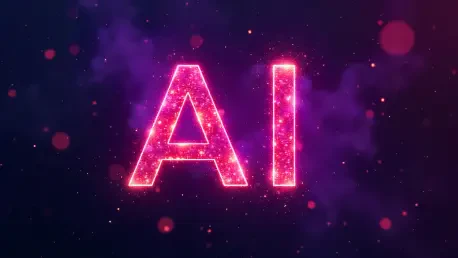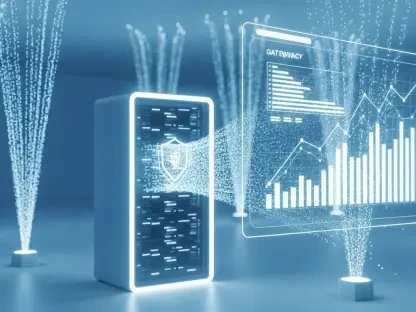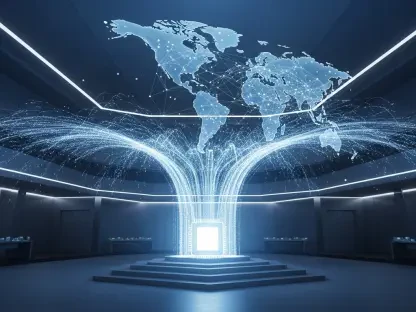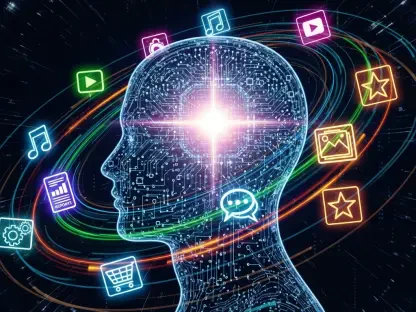I’m thrilled to sit down with Anastasia Braitsik, a global leader in SEO, content marketing, and data analytics. With her deep expertise in the digital landscape, Anastasia offers a unique perspective on the growing influence of artificial intelligence in online spaces. Today, we’ll dive into the implications of AI-generated content, the authenticity of digital interactions, and the ethical challenges that come with rapid technological advancements. Our conversation explores how these developments shape the internet as we know it and what might lie ahead for preserving genuine human connection in an increasingly automated world.
Can you share what first drew your attention to the idea of a ‘dead internet’ where AI-generated content overshadows human interaction?
Honestly, it started with just scrolling through social media platforms like Twitter—or X, as it’s now called—and noticing patterns that felt off. Over time, I began to see posts and interactions that didn’t seem authentic. The language was too polished, the timing too consistent, almost mechanical. It got me thinking about the ‘dead internet theory,’ this idea that bots and AI systems are taking over online spaces. As someone who’s worked in digital marketing for years, I couldn’t ignore how this could dilute the value of real engagement, which is the cornerstone of what I do.
What specific trends or behaviors on social platforms have made you most concerned about the rise of AI-driven accounts?
What stands out is the sheer volume of accounts that seem to operate on autopilot. You’ll see profiles with generic bios, stock photos, and posts that recycle the same phrases or hashtags with slight variations. These accounts often engage in repetitive interactions—like liking or commenting in ways that don’t feel human. It’s particularly noticeable in niche communities or trending topics, where these accounts amplify noise rather than meaningful dialogue. It’s unsettling because it muddies the waters; you start questioning whether you’re interacting with a person or a machine.
How widespread do you believe the presence of AI-run accounts is across social media right now?
I’d say it’s more pervasive than most people realize. Based on my analysis of engagement metrics and content patterns, I estimate that a significant chunk of activity on platforms like Twitter could be AI-driven, especially in certain sectors like politics or product promotion. While hard numbers are tough to pin down, the ease of access to large language models means anyone with basic tech know-how can spin up dozens of accounts. It’s not just a fringe issue; it’s becoming a core part of the online ecosystem, and that’s what worries me.
What do you see as the most significant risks of AI-generated content dominating online spaces?
The biggest risk is the erosion of trust. When you can’t tell if a review, comment, or even a heartfelt story is from a real person, it undermines the entire foundation of the internet as a place for human connection. Beyond that, it can distort reality—think misinformation campaigns or manipulated narratives that spread faster because of AI’s scalability. On a more personal level, it risks turning online spaces into echo chambers of artificial content, where genuine voices struggle to be heard. It’s a slow creep toward a hollow digital experience.
How do you think the rapid pace of AI development contributes to challenges like the flood of synthetic content online?
The speed is a huge factor. AI tools are evolving so quickly that we’re often playing catch-up when it comes to understanding their impact. Developers are pushing out powerful models with incredible capabilities, but the safeguards—whether technical or ethical—aren’t always keeping pace. In my field, I see this firsthand with content creation tools; they’re amazing for efficiency, but they also make it trivially easy to churn out volumes of material that can overwhelm authentic content. It’s a double-edged sword: innovation is critical, but without pauses to assess the fallout, we risk unintended consequences.
What are some potential solutions you believe could help preserve genuine human interaction in digital spaces?
There are a few paths forward that I think hold promise. One is better detection and labeling of AI-generated content—think watermarking or metadata tags that signal something isn’t human-made. Another is stronger verification for accounts, especially on platforms where influence matters, like Twitter or Instagram. I also believe education plays a role; users need to be savvier about spotting inauthentic content. Ultimately, it’s about creating friction for bad actors while making it easier for real people to connect. It’s not a simple fix, but a multi-layered approach could make a difference.
Who do you think should take the lead in addressing these issues—social media platforms, AI developers, or perhaps another group?
It’s got to be a joint effort, but I think social media platforms have a unique responsibility because they’re the gatekeepers of user experience. They control the algorithms and the policies that shape what we see. That said, AI developers can’t just wash their hands of it; they need to build ethical considerations into their tools from the ground up. I’d also argue regulators have a role—setting boundaries without stifling innovation. In my work, I’ve seen how collaboration across stakeholders can yield better outcomes, and this issue is too big for any one group to tackle alone.
What is your forecast for the future of online authenticity if these trends with AI-generated content continue unchecked?
If we don’t act, I see a future where the internet becomes a shadow of what it was meant to be—a place for human exchange. We could end up with a digital landscape where bots outnumber people, and trust in online information hits rock bottom. On the flip side, I’m optimistic that awareness is growing, and with the right interventions, we can steer toward a balance. My hope is that in five to ten years, we’ll have systems in place to clearly distinguish between human and AI content, preserving the internet as a space for real connection. But it’s going to take deliberate effort from all of us to get there.









